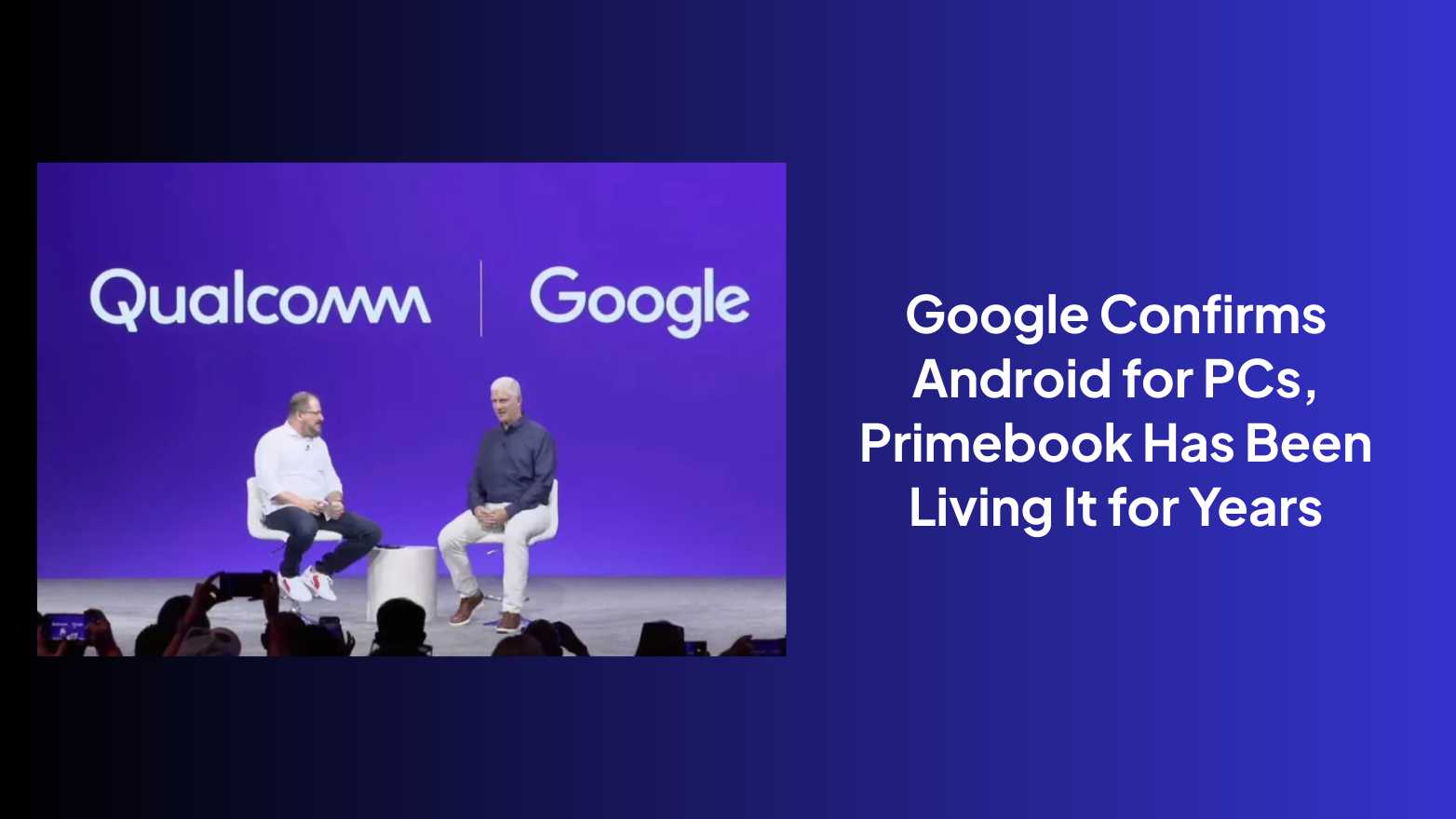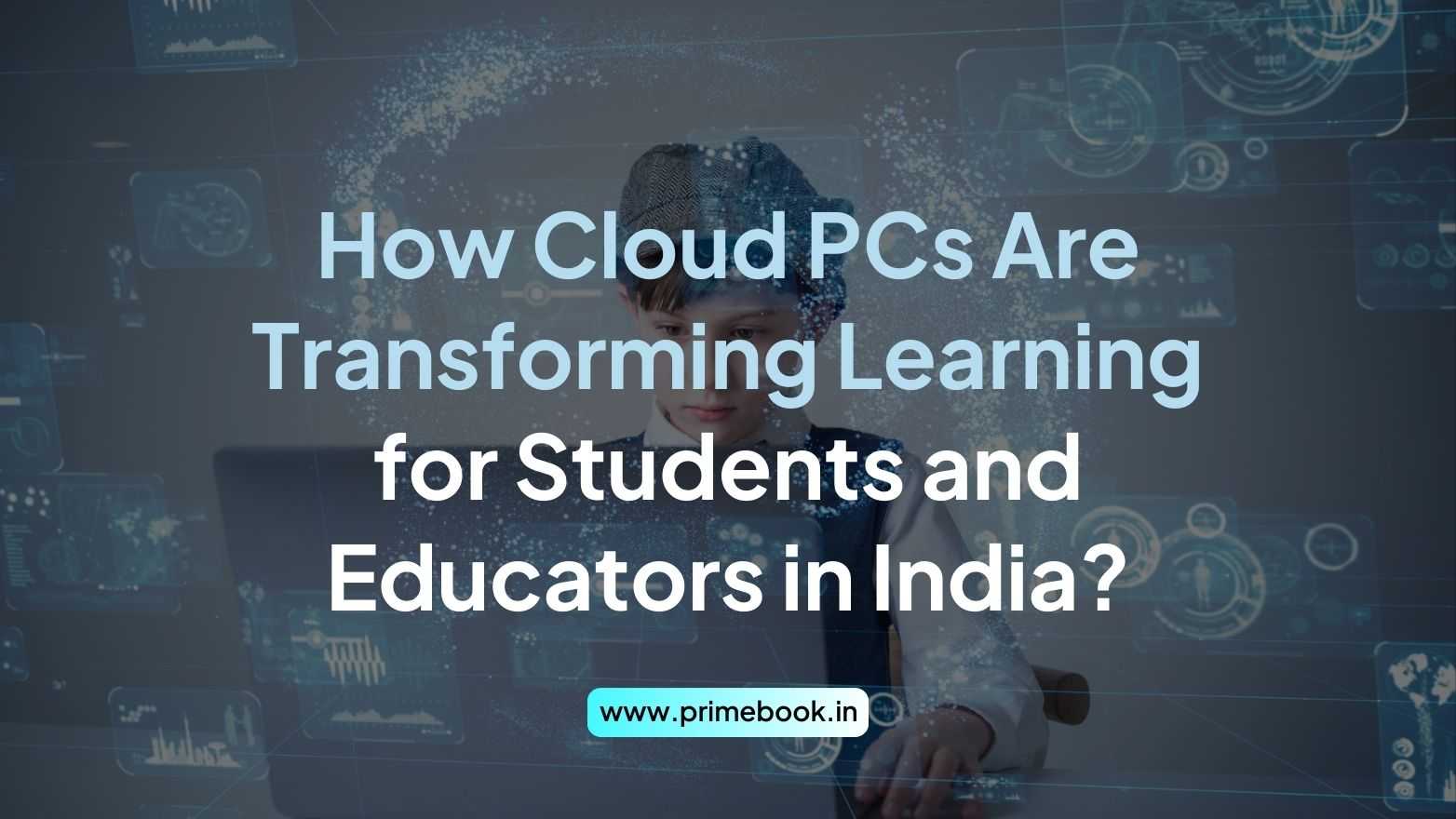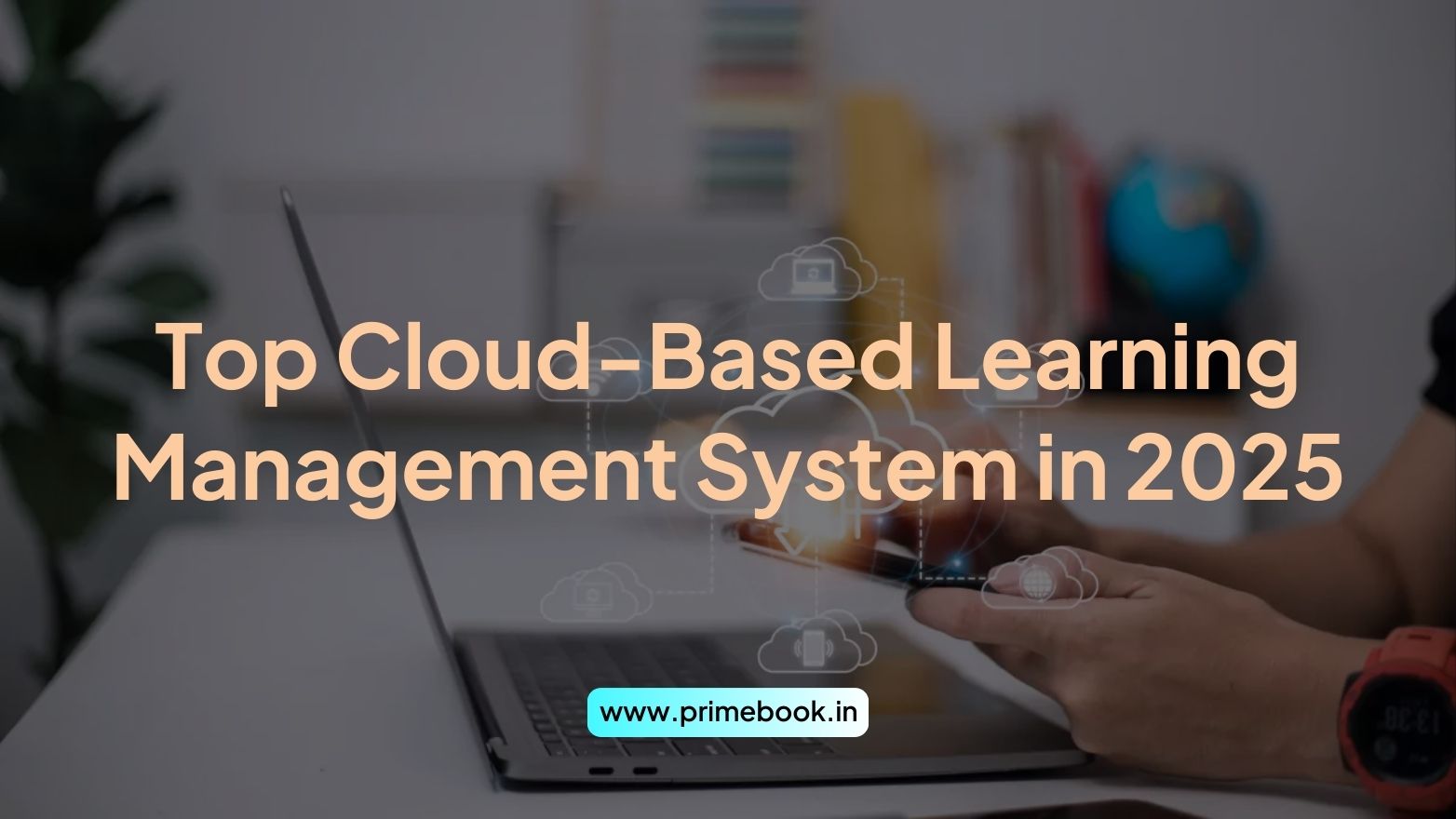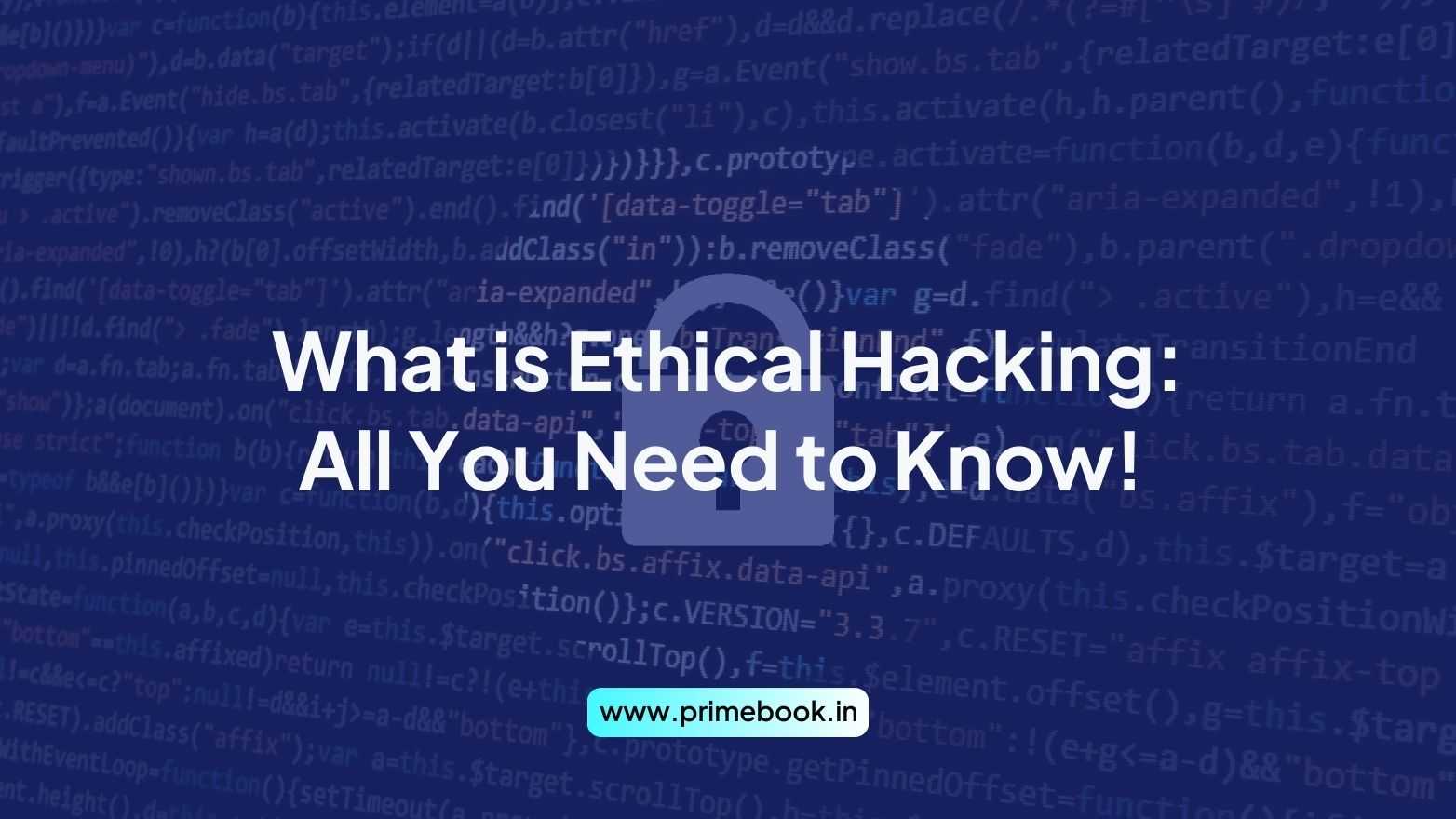Blogs / Trendy Tech Talks / Role of Virtual Reality (VR) in Classroom Education
Blogs / Trendy Tech Talks / Role of Virtual Reality (VR) in Classroom Education

Ananya Dasgupta
19 Apr 2024
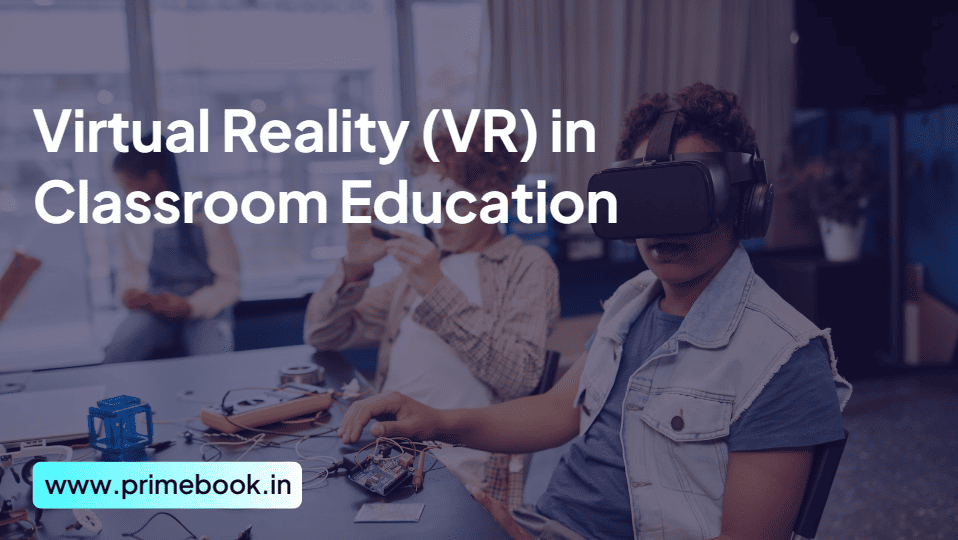
Role of Virtual Reality (VR) in Classroom Education
Table of Contents
Gone are the days when you heard about man landing on the moon or read about the ancient Mesopotamian and Egyptian civilizations. It’s the era of virtual reality (VR) where you can actually go on virtual trips to such ancient cities or walk on the moon while in a classroom setting. Yes. VR is no longer limited to marketing, gaming, or entertainment, but has also penetrated classroom education, offering better learning experiences to the students of the 21st century. In this blog, we shall vividly discuss the dynamic role of VR in classroom education and how beneficial it is! So, sit back and keep reading!
What Is a VR Classroom?
A VR classroom is typically an extension of virtual reality in classroom education where students can engage and learn in an immersive environment. They can use various tools, like VR headsets, VR storage, smartphones, motion controllers, room trackers, gloves, VR glasses, etc., to interact with their curriculum in 3D.
Although VR has existed in the education domain for more than half a century now, the widespread acceptance of VR as an effective classroom tool came with the pandemic in 2020, especially in third-world countries like India. This is because VR simulators have become less expensive and more realistic.
VR classrooms became more prevalent with the increasing scopes of STEM (Science, Technology, Engineering, and Mathematics) education, vocational training, and special education like military or police training. It gives students the same feel of a classroom environment but in a more fun and engaging way.
Applications and Examples of Using VR in a Classroom
There are various applications and associated examples of using VR in a classroom. The most significant ones are as follows!
VR Field Trips
The first application of VR in a classroom is the virtual field trip. Indeed, not every student can join their classmates on a real-world field trip, sometimes due to the expense and sometimes because of certain disabilities. That’s where VR technology makes it accessible to all. Students can now visit museums to learn about the history of a specific place, climb Mount Everest, witness the World War I battlefield, and so forth.
Digital Twins
The second application of VR in a classroom is the digital twins, i.e., the intuitive digital replica of a particular object or element. Students can now find book-based objects and figures, like machines or cellular-level passageways inside a human body, within a virtual universe. Such an aspect helps students memorize their lessons way better than traditional book-based lessons.
Immersive Lectures
The third application of VR in a classroom is none other than the immersive 3D lectures. Similar to in-person lectures or presentations, teachers can now educate students within a virtual setting. For instance, geometry lessons can be more interactive for students with VR simulations. Students can see 3D geometric patterns from different angles by rotating the shapes.
VR Laboratories
Another application of VR in a classroom is a simulated laboratory for experiments. These laboratories are a cost-effective and safer alternative to the traditional ones, where students can use virtual lab equipment and materials to practice their scientific experiments. For example, they can virtually mix the different chemicals to learn about a chemical reaction or dissect a frog to examine their various parts.
Also Read: The Top Virtual Reality Games of 2024
Advantages of Using VR in Classroom Education
Using VR in classroom education has multiple advantages, and here they go!
Optimized Training
One of the most striking advantages of using VR in classrooms is the opportunity to bestow students with optimized training. Students can get an education as per their specific needs. Teachers can set a difficulty level and create unique tests for each student to track their individual progress and knowledge. Such personalized learning within the classroom setting can help students overcome their specific weaknesses and understand complex topics effectively.
Enhanced Learning
Another striking advantage of using VR in classrooms is the enhanced learning experience that a student encounters. The interactive VR experience intrigues student’s curiosity and makes them focused on their lessons, subsequently empowering them to unleash their complete productivity and derive better scores in the exams. A survey result showcases that using VR to train medical students helped a hospital secure a retention rate of 80% a year after the curriculum was complete.
Distant Learning Option
Using VR in classrooms is also beneficial for distance learning. While many students can’t avail of higher education due to the burden of relocation, VR classroom enables them to fetch such education from anywhere in the world, just with any sort of internet connection. Students can communicate with their peers and teachers via holograms, raise questions in the classroom, and participate in classroom debates. Language immersion through VR is the biggest asset herein!
Remote Collaboration
With VR in a classroom, remote collaboration becomes effortless. Students can learn from each other in a group setting, just like a conventional classroom. But this time, without any distractions! In fact, students from different schools and educational institutions across the globe can work on a definite project together, participate in extracurricular events, and thrive together.
Cultural Competence
Furthermore, utilizing VR in classroom education can help students with cultural competence. Not only do students ace their grade curriculum. But it also elevates their socio-emotional, cognitive, and technical skills. Such cultural capital is indeed effective in fostering healthy competition, daily learning habits, and better ways to behave and live in our society.
In a nutshell, VR classrooms are all set to revolutionize the education system across every level and what we see today is only the first phase of this robust paradigm shift. The education sector awaits to leverage the advent of interesting VR technologies, like eye and gesture tracking, volumetric VR, high-fidelity display and audio, VR streaming, biometric feedback, and more in the months and years ahead.

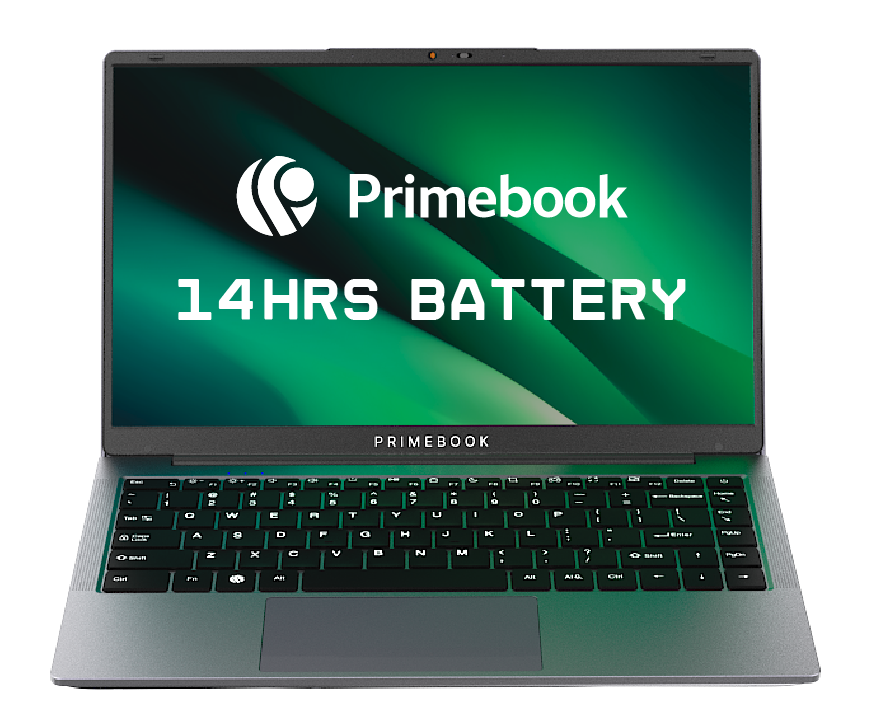
 Related Blog
Related Blog
